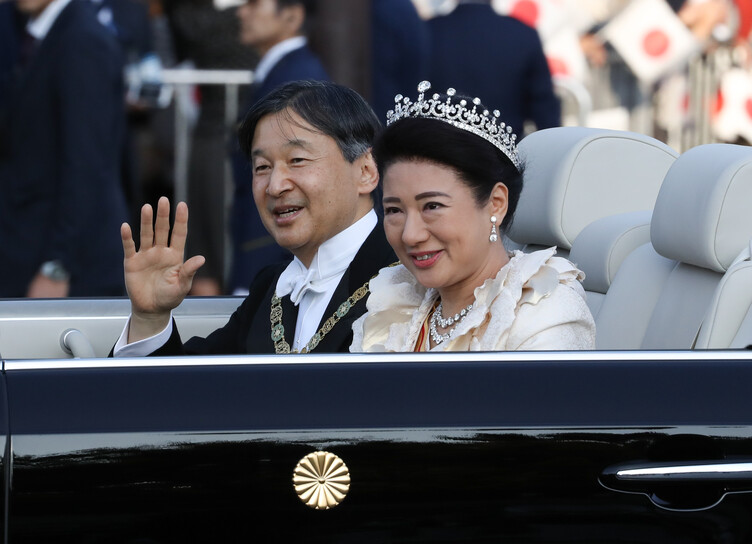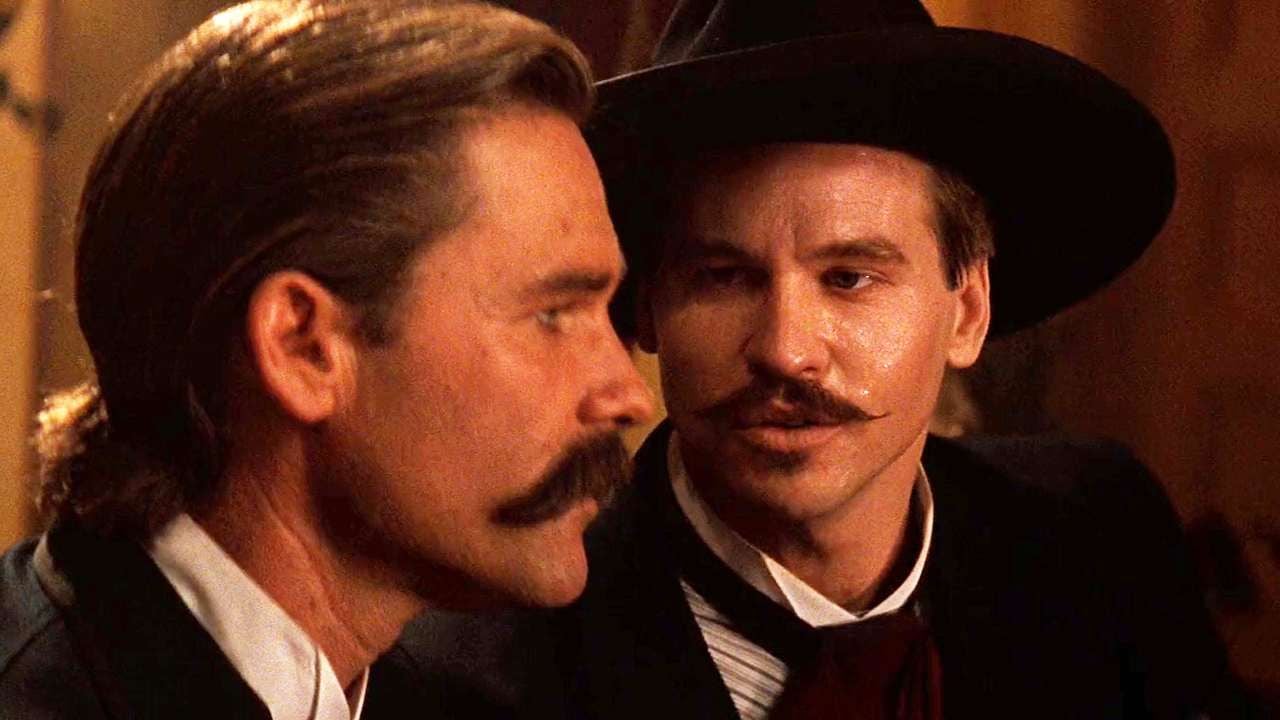______________________________
Emperor’s Day is a public holiday in Japan that is celebrated on the birthday of the reigning monarch. Since 2020, it has been celebrated on February 23, since it was on this day in 1960 that the current Emperor Naruhito, whose name means “a person who will acquire heavenly virtues”, was born. Prior to this, the holiday was celebrated on December 23 – the birthday of the previous monarch Akihito, which means “bright and benevolent.”

The Imperial House of Japan is the oldest continuous monarchy in the world. Naruhito is the 126th emperor in a line dating back to the founding of the country in 600 BC. e. Emperor Jimmu. He, according to legend, was a direct descendant of the sun goddess Amatresu. According to the constitution, the Japanese monarch – tenno – must perform his functions for life. And the longest in the history of the country was the reign of Emperor Hirohito – Naruhito’s grandfather. He held the Chrysanthemum Throne from December 25, 1926 to January 7, 1989.
But the father of the current tenno – Emperor Akihito – became the first Japanese monarch in 200 years to abdicate. On May 1, 2019, he handed over to his son copies of the regalia, which symbolize the imperial powers – a sacred sword and a precious stone, as well as state and secret seals. This is unprecedented in recent Japanese history, specifically for which a law was passed for a period of three years, allowing the tenno to renounce the throne.

However, people who knew Akihito well weren’t surprised at all. From a young age, he was distinguished by liberal views, and not only in politics. Still, being the heir to the throne, Akihito was the first in the history of his kind to marry a commoner. He met the beautiful daughter of the president of the flour milling company Michiko on the tennis court. And he gladly broke the centuries-old traditions that require members of the imperial family to choose their wives among girls of aristocratic origin.
Another departure from tradition, which Akihito and Michiko allowed themselves, is the upbringing of children. The fact is that Akihito himself as a child lived separately from his parents. They were replaced by mentors and tutors, so that the prince, as the future ruler should be, would learn to think not about the family, but about the state. And, apparently, his childhood was not too happy. So when he and Michiko had sons Naruhito and Fumihito and a daughter Sayako, he decided that they should have a normal childhood.
Instead of handing over the children to the care of nannies and tutors, the heir to the throne and his wife tried to raise them in a homely, family atmosphere. Despite the constant traveling and participation in various social events, they paid as much attention to the kids as possible and spent all their free time with them. Like other schoolchildren, the grandchildren of Emperor Hirohito carried lunches prepared by their mothers with them to classes, they could invite classmates home. After graduating from high school, all three followed in their father’s footsteps and entered the prestigious Japanese Gakushuin University, which is the successor to the Meiji peerage school.

Emperor Akihito was an internationally recognized expert in the field of ichthyology. And although his eldest son and heir Naruhito specialized in history during his studies, the main area of his scientific interests is ecology, in particular, rational water use. He defended his diploma on the topic of transportation on the Inland Sea of Japan in the Middle Ages. And in the mid-80s, he, the first of the heirs of the Chrysanthemum throne, went to study abroad — to Oxford. There he studied traffic on the Thames. He became the crown prince only at the age of 28, so he had a lot of time not only for study, but also for personal hobbies. It is known that Naruhito, like his father, is fond of playing tennis, in addition, he is a mountain climber, and plays the viola.
In terms of personal life, the current emperor also followed the example of his father. Naruhito’s wife Empress Masako does not belong to aristocratic circles. She was born in the family of a diplomat and, by the way, spent several years in Russia as a child. According to RIA Novosti, in Moscow, she went to kindergarten No. 1127, located at Izmailovsky Boulevard, 9. Naruhito first met her in 1986, shortly before the start of his father’s reign. As an Oxford graduate, he attended a tea party in honor of the Spanish Infanta Helena, the eldest daughter of the then King Juan Carlos. I and sisters of the current monarch Philip VI. Among the guests was Masako Owada, a Harvard graduate with a degree in economics and enrolled in law school at the University of Tokyo.
The training program included an internship at Oxford. Naruhito passionately fell in love with a girl, and even two refusals in response to a marriage proposal did not cool his feelings. Masako also loved the prince, but she understood that if she became the wife of the future emperor, she would have to give up not only a diplomatic career, but also freedom, because the imperial family leads an absolutely closed lifestyle. A year after they met, she successfully passed a special exam for admission to the Japanese Foreign Ministry, and was one of three women out of 800 applicants. But Naruhito did not give up and, six years later, he obtained her consent to marriage. On June 9, 1993, their wedding took place, which was attended by more than 800 guests, and foreign leaders were not invited. Speaking at a press conference after the wedding ceremony, the newly crowned Princess Masako told reporters:
His Highness told me, “You may have many worries and worries about entering the imperial household, but as long as I live, I will do everything in my power to protect you.”

And he tried to keep his promise, although the life of the princess soon turned into hell. The fact is that in Japan the title of emperor is transmitted only through the male line, while since 1965 no boys have been born in the families of princes. Therefore, from the first days of her life in the palace, the princess was given to understand that only one thing was expected of her: the birth of an heir to the Chrysanthemum throne. But that’s exactly what she couldn’t do. For six years, the couple failed to have children. The country was waiting. It got to the point that television companies hired helicopters to monitor her car and report when she visits doctors. She constantly felt pressure.
In 1999, Masako’s pregnancy was announced, but it ended in a miscarriage. Finally, in 2001, they had a daughter — Princess Aiko. Fears grew in the country that the emperor would not have an heir. Talk began about changing the succession law to allow women to sit on the throne. Shortly after giving birth, Masako stopped appearing in public. The Imperial House admitted that she had severe depression — adaptation disorder syndrome. Naruhito supported his wife as best he could. The Japan Times quoted his explanation:
For the past 10 years, she has made every effort to adapt to the environment of the imperial court. I believe it exhausted her completely.
In 2006, the succession crisis was resolved: the long-awaited boy, Prince Hisahito, was born in the family of the emperor’s youngest son. But it wasn’t until 2014 that Masako started appearing at social events again.
And becoming Emperor Naruhito remained true to his hobbies. From time to time, he lectures and participates in events dedicated to the hydrosphere, and even became the honorary chairman of the UN Secretary General’s Advisory Council on Water and Sanitation. He has plenty of time for this, because the role of the Emperor of Japan has changed dramatically since the reign of his grandfather.
The monarch, once considered the living embodiment of the gods, has become a largely symbolic figure. The current emperor has no political power, is neither the head of state nor the commander-in-chief of the country’s armed forces. He — a symbol of the state and the unity of the Japanese people. Each emperor’s reign in Japan gets its own name, and the Naruhito era was named “Reiwa” — beautiful harmony.

Source: Hellomagazine
Ashley Fitzgerald is a journalist and author at Gossipify, known for her coverage of famous people and their lives. She writes about a wide range of topics, including celebrities, influencers, social media stars, and public figures. Her articles are known for their in-depth analysis and unique perspective. She is respected for her ability to keep readers up to date with the latest news and trends of the famous people.








